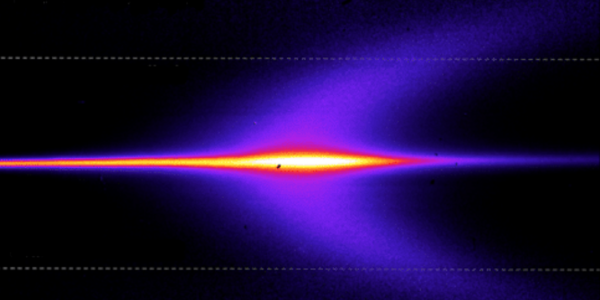Condensed Matter/Materials & Biological Physics Seminar with Felipe H. da Jornada on Moiré Excitons
Low-dimensional materials, such as monolayer transition metal dichalcogenides (TMDCs), are marked by their spatial confinement, weak electronic screening, and large many-electron interactions. Such systems display a variety of properties that could be used for next-generation quantum and optoelectronic applications, including their large optical absorption and tunable correlated-electron behavior. Using parameter-free atomistic calculations, we elucidate some of these fascinating phenomena.
I will first discuss the moiré pattern that forms when two individual bilayers are stacked with a twist angle and how it affects optical excitations. We developed a formalism to show that optical excitations (excitons) are surprisingly localized in these systems, and could potentially realize qubits or isolated single photon emitters. I will also discuss how the effective thermal conductivity across the interface of two atomically thin materials can be changed by almost three orders of magnitude due to the electronic hybridization between layers. Finally, I will also present results based on a recent first-principles formalism to simulate materials out-of-equilibrium while including many-body interactions. I will show that excitons can be regarded as a bosonic field which can lead to Floquet physics. Unlike commonly studied optically driven Floquet states, exciton-driven Floquet is two orders of magnitude stronger in 2D materials. Such a mechanism may allow novel ways to engineer topology in the 2D limit.
Karni, et al., Nature 603, 247 (2022).
Barré, et al., Science 376, 406 (2022).
Sood et al., Nature Nanotech., accepted (2022).

